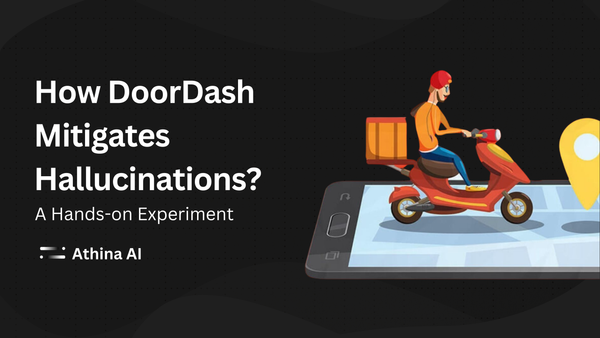Harnessing LLM Power Through Distillation

Introduction
In the fast-paced world of artificial intelligence, Large Language Models (LLMs) have transformed how we interact with and leverage AI technologies.
However, these powerful models come with challenges, including high costs and resource-intensive operations.
Enter LLM distillation – a game-changing technique that enables developers to harness the power of LLMs in a more efficient, cost-effective format without sacrificing performance.
What is LLM Distillation?
LLM Distillation is a process used to create a smaller, efficient model by training it to mimic the outputs of a larger, pre-trained model.
It is done by capturing its knowledge with reduced size and computational needs.
This allows developers to achieve similar outcomes to large models, like GPT-4, but with lower costs and faster processing times – though only for the specific task it was trained on.
How Does LLM Distillation Work?
The distillation process involves two key elements:
- The "teacher" model: A large LLM trained on a broad dataset.
- The "student" model: A smaller, optimized model, such as logistic regression or a foundation model like BERT.
Here’s how it works:
- Unlabeled data is fed into the teacher model.
- The teacher model generates labels or responses.
- The student model is trained on this synthetically labeled data to mimic the teacher’s performance on the specific task.
Example Use Case:
|
For instance, a customer service chatbot trained on a large LLM could be distilled into a smaller model to handle specific query classifications faster and at a lower cost.
Benefits of LLM Distillation
LLM distillation provides several advantages over running full-sized LLMs:
- Cost-efficient: Smaller models are far less expensive to host and access.
- Faster processing: Fewer parameters mean faster computations, leading to quicker response times.
- Simplified infrastructure: These smaller models demand less infrastructure, making them easier to maintain and scale.
Challenges and Limitations
While LLM distillation offers many benefits, it also has limitations:
- Performance limitations: The student model can only perform as well as the teacher model allows, meaning it inherits the teacher’s weaknesses.
- Data requirements: Significant amounts of unlabeled data are still necessary for effective training.
- Data restrictions: Some companies may face restrictions on using client data for model training.
- LLM API limitations: Certain LLM providers may restrict how their outputs can be used to train smaller models.
Advanced Techniques in LLM Distillation
Multi-Signal Distillation
To boost performance, developers can enhance training by using multiple LLMs or prompt strategies to gather richer insights. For instance, several models can “vote” on the correct label, leading to more accurate results.
Generative LLM Distillation
This technique is used when distilling generative models. Instead of labels, the teacher model’s responses are used to fine-tune the student model’s ability to generate similar outputs. This is often used for tasks like text generation or content creation.
Knowledge Distillation
Knowledge distillation focuses on teaching the student model to mimic the teacher model’s internal probability distribution, not just the output. This makes the smaller model smarter by improving how it decides which answers to give.
Practical Example:
In a chatbot, knowledge distillation can make the student model better at predicting the right response, not just based on the most likely option but also considering a more complex understanding of the input.
Context Distillation
In context distillation, a heavily-engineered prompt is reduced to its simplest form, and the response is used to fine-tune the student model. This method helps models become more robust in providing accurate answers without needing complex prompts.
Step-by-Step Distillation for Predictive Tasks
This method is ideal for distilling models with limited training data. It involves:
- Asking the teacher model for an answer and an explanation.
- Directing the student model to mimic both the answer and the reasoning.
- Fine-tuning the student model based on this combined feedback, helping it perform better with fewer examples.
Conclusion
LLM distillation is a powerful technique that makes the capabilities of large language models more accessible and practical for real-world applications.
By distilling large models into smaller ones, developers can achieve faster, cheaper, and more efficient AI systems without sacrificing performance for specific tasks.
As AI continues to evolve, we can expect further innovations in LLM distillation techniques, unlocking even more opportunities for AI-driven solutions across industries, from customer service to healthcare and beyond.
By leveraging advanced distillation methods, data scientists can continue to push the boundaries of what's possible with machine learning.



